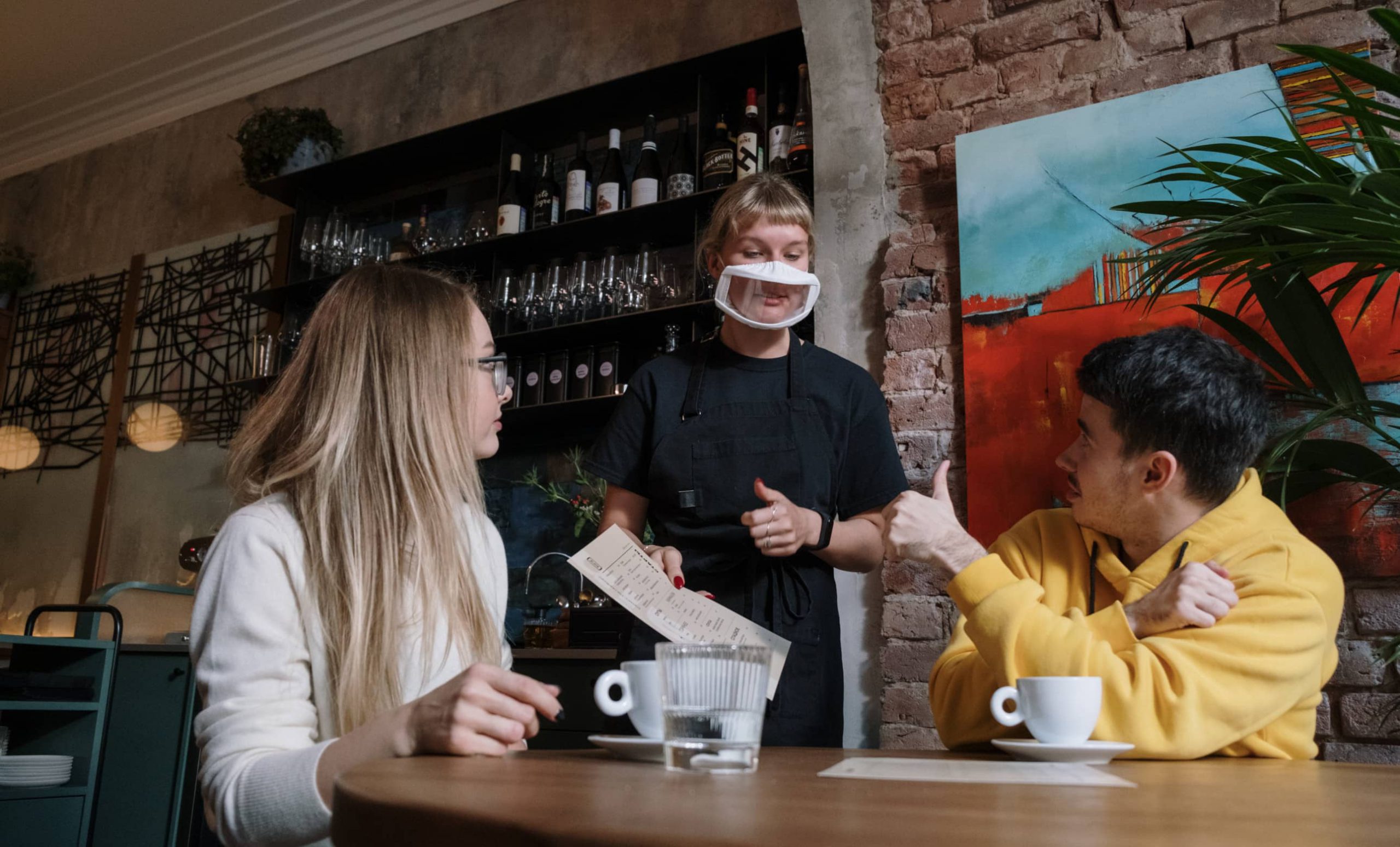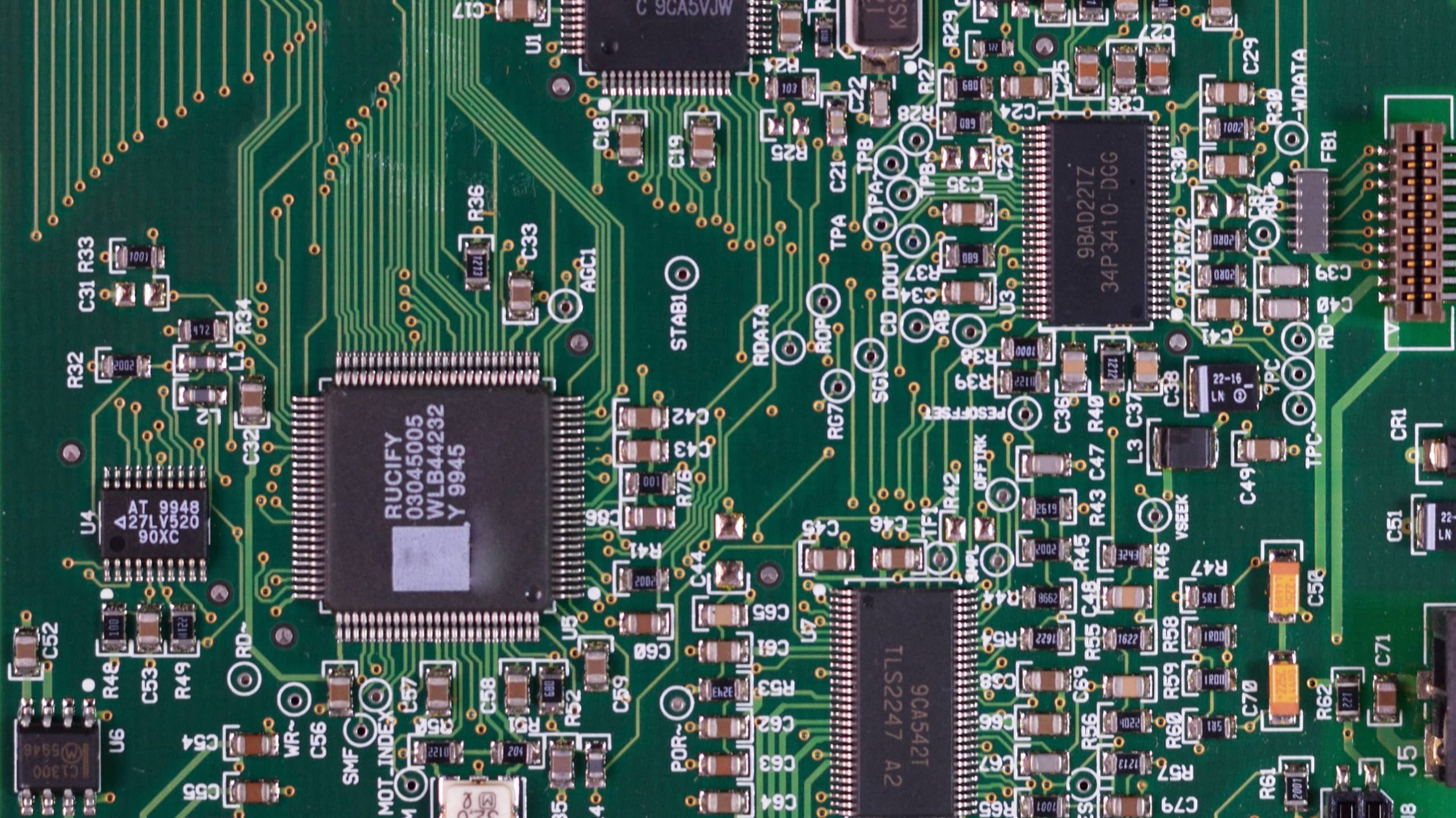Operating a restaurant in 2022 is not like it used to be. After the rise of the ongoing global pandemic, many restaurants had to shut down. After that, re-opening has been a problem for multiple reasons: business is down and financing is, too; supply chains are having difficulty matching demand; and staffing is nearly impossible.
Even after full shutdowns are largely over (hopefully permanently!), restrictions are still in place, and things are likely never going back to normal as it once was. We’ve all, of course, been referring to this as the “new normal.” How do you operate your restaurant in these new conditions?
Obviously, there isn’t a one-size-fits-all answer. Everyone is having different problems, depending on location, what you’re serving, and local and federal restrictions, but there are some universal changes you are going to need to get on board with.
1. Delivery and Pickup
A large percentage of orders are now being consumed away from the restaurant. Curbside pickup has increased greatly, but delivery has become key. People want food to come to them – they can get pretty much anything delivered, and with many people working remotely, it’s more important than ever to make sure your food is available where people want it. Adding a delivery option is crucial. If you can’t staff a delivery team in-house, you may need to work with a third-party delivery service, but they can be expensive. In fact, there are even differences between being part of third-party platforms versus using a third-party delivery service; the latter is often more cost-effective and gives you a delivery solution if you don’t have one. You’ll need to weigh the pros and cons as far as delivery options go. This can be even easier with a compatible service. Some POS platforms are already built to have marketplaces and partner apps.
2. Online menu & ordering
Many people are taking advantage of contactless ordering. Even in-person, customers want to be able to order and pay without touching other people or things that have been touched by others. Allowing online ordering and payment can help with this.
3. Menu Changes
Because supply is difficult, menu changes might need to happen. Whether that means you need to focus more on your specialty and reduce the number of offerings on the menu, or you need to make more sweeping changes to allow for what’s available to you, it’s something you’ll definitely have to consider, if you haven’t already.
4. Sanitation
As people have become understandably concerned about widespread contagious diseases, it’s more important than ever that you keep tables, workstations, and surfaces clean. In addition, it’s also helpful to make sure your diners can easily see your efforts in that regard, which will help them feel more comfortable as they patronize your establishment.
5. Staffing
As the hospitality industry at large suffers from a distinct lack of staffing, you will likely – if you haven’t already – notice issues finding enough people. Short of asking everyone to work double shifts every single day, you’re going to need to find solutions that don’t necessarily involve more people coming in to work. To a point, you can take on more shifts yourself, recognizing that burning yourself out isn’t going to help anything in the long run, but you can also consider technological or third-party solutions to some of these problems, like scheduling, inventory management, accounting, or phone calls.
One thing to note: with each major shift in life and industry come new opportunities. Restaurants are faced with a new landscape, but those that take the initiative to research and find solutions to adapt and blaze a new path forward will come out the other end stronger than ever!



